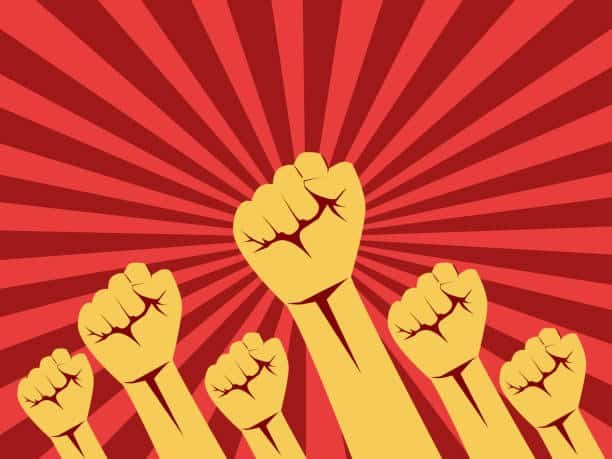
The discussion about how societies should be organized has typically been revolved around two opposing views: Unregulated Capitalism and Pure Communism. On one hand, capitalism can generate huge wealth, but it often leads to significant inequality, with the wealthy having most of the resources while ordinary people struggle. On the other hand, communism aims for equality but frequently results in inefficiency, authoritarian rule, and the restriction of personal freedoms. Somewhere in the middle lies a more balanced approach: capitalism with strong social safety nets, which we see in the Nordic model.
This model philosophically tackles questions raised by thinkers throughout history. Karl Marx pointed out the risks of exploitation within capitalism. John Maynard Keynes pushed for government action to stabilize economies and protect people during hard times. John Rawls highlighted justice as fairness, stating that inequality can only be justified if it benefits those who are worst off. Countries like Sweden, Denmark, Norway, and Finland took these insights to heart and created a system where markets can thrive but are supported by a strong welfare state focused on dignity, fairness, and opportunity.
It’s important to note that the Nordic model isn’t socialism in the traditional sense; private ownership and free enterprise remain key. It also isn’t unregulated capitalism, as essential social services like healthcare, education, unemployment benefits, and pensions are available to everyone and funded publicly. It’s a mixed economy based on trust, high taxes, and democratic accountability. This balance ensures that no one gets left behind while still fostering innovation and entrepreneurship.
The outcomes speak for themselves. These societies often rank at the top for human development, social trust, gender equality, and happiness. In contrast to laissez-faire capitalism, success doesn’t solely depend on being born into wealth. And unlike pure socialism, individual initiative and entrepreneurship aren’t choked by state control. Instead, this model encourages people to take risks, knowing that failure won’t lead to total collapse.
For countries like Pakistan, facing challenges like inequality, unemployment, and poorly functioning public institutions that hinder millions, the Nordic model offers valuable insights. Our discussions tend to be in binary choices such as capitalism versus socialism, privatization versus nationalization, but the Nordic experience illustrates a third option. We can support markets for growth while also ensuring that the benefits of development are shared with those who need it most. A farmer in Sindh or a laborer in Punjab deserves access to healthcare, education, and security just as much as someone in the urban elite.
Unregulated capitalism gives result to resentment and social unrest, while communism stifles initiative and freedom. The Nordic model combines prosperity with fairness, markets with justice, and growth with dignity. In a world often divided by extremes, it shows us that a middle path not only exists but is functional. For those who favor social democracy, this model serves as a guiding framework for a more humane and sustainable future.
Write By: Abdul Ahad


GREAT WRITE UP. STRONGLY AGREED.
I wholeheartedly agree that this model will have a positive impact on both the economic and social development of Pakistan.